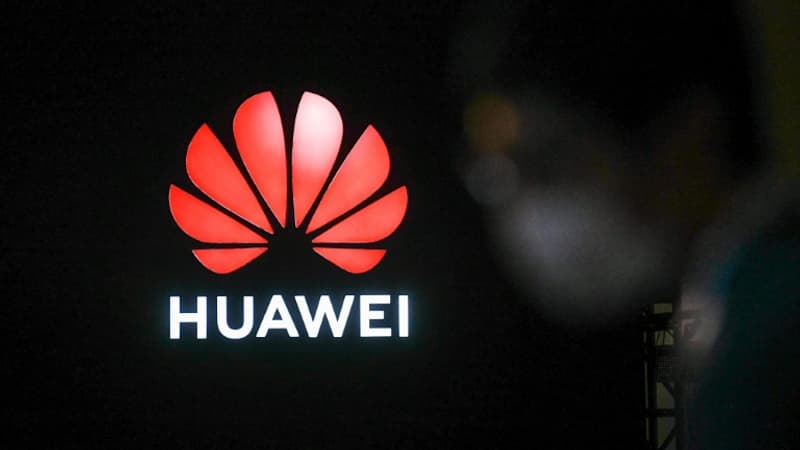It was a small piece of metal that caused quite a stir. The Chinese manufacturer Huawei recently presented its latest smartphone, which would have a 7-nanometer 5G processor entirely manufactured in China. A component that could represent a symbolic technological success for the country subject to international sanctions and that worries the United States.
It all starts with the presentation of the Mate 60 Pro by Huawei on August 29. According to the analysis, its processor, the Kirin 9000s, would be capable of connecting to the 5G network. Nothing revolutionary in itself, except that the chip, entirely “made in China” – because it was designed by Huawei and manufactured by the Chinese company Smic (Semiconductor Manufacturing International Co) – has reached 7 nanometers.
That changes? In electronics we use a measurement in nanometers (nm) to talk about the size of transistors, these electronic components packaged in chips and that allow them to perform operations. The smaller they are, the more capacity the chip has and, therefore, the more powerful.
With transistors of only 7 nanometers, the chip designed by Huawei and Smic still does not reach the level of the leaders in the sector, the Taiwanese TSMC and the South Korean Samsung, which are around 3 nanometers. But it has caught up with the American Intel, which has been lagging behind its competitors for several years.
A likely costly step forward
Actually, this technical success is not a surprise. Smic had already manufactured chips of this size in 2021, at the time dedicated to cryptocurrency mining, as Numerama points out. Although it seems logical that this technology would later benefit other industries, this is the first time that a Chinese smartphone integrates this type of chip.
But this news is still a snub for the United States, which has issued several rounds of sanctions against China. These sanctions, launched in 2019 under Donald Trump and reinforced by Joe Biden, notably prevent Beijing from equipping itself with essential tools to engrave the smallest chips: engraving machines manufactured by ASML, a Dutch company located in the heart of the semiconductor market.
How could China achieve such a result without these machines? According to some specialists, Smic could have reached this level even without the most sophisticated tools. “With old machines, you have to go over the same thing several times: the process is slower, the risk of ‘failures’ is greater,” explains Pierre Sel, a doctoral student at the University of Vienna, Austria, and co-founder of the company. Chinese surveillance company EastIsRed, cited by Release.
A result that is not impossible, therefore, but that requires more time and money to obtain the same result. This is also the path followed by the Taiwanese TSMC, which initially chose to perfect the dominant engraving technique, instead of investing in cutting-edge systems, to manufacture its first 7nm chips, recalls Numerama.
Loopholes in US sanctions
Which is not to say that US sanctions have no effect on Chinese industry. I’m not sure, for example, that SMIC can go below 7nm without ASML’s newer machines.
Others point out holes in the economic sanctions scandal. “The official Chinese story of a heroic break with the technological blockade imposed by the American imperialists is incorrect,” said Douglas Fuller, professor of international economics at Copenhagen Business School, with the New York Times.
Chinese companies could, for example, have stockpiled as many foreign components as possible before the sanctions took effect. Or they could continue to acquire them by purchasing them from third parties: according to TechInsights analysis, the Mate 60 Pro would also contain memory chips manufactured by the South Korean company SK Hynix, which, however, denies having evaded US sanctions.
Defects that are already motivating certain American elected officials to take strong retaliatory measures. “The time has come to end all US technology exports to Huawei and Smic,” said Mike Gallagher, a Republican elected official and chairman of the House committee on China.
Apple at the center of the conflict
This new development could also worry Apple. A few days after the presentation of the Mate 60 Pro, China extended its ban on iPhones to new levels of ministries, according to sources cited by the Wall Street Journal. An announcement that, if expanded further thanks to the appearance of such a powerful smartphone made in China, could have a significant impact on Apple’s income, of which almost 20% comes from China.
There remains another fact, undoubtedly at least as important: 90% of the Mate 60 Pro’s components are produced in China, according to the Chinese publication Pacific Technologies cited by Numerama. A percentage of national production that no other country in the world can boast of.
Source: BFM TV


